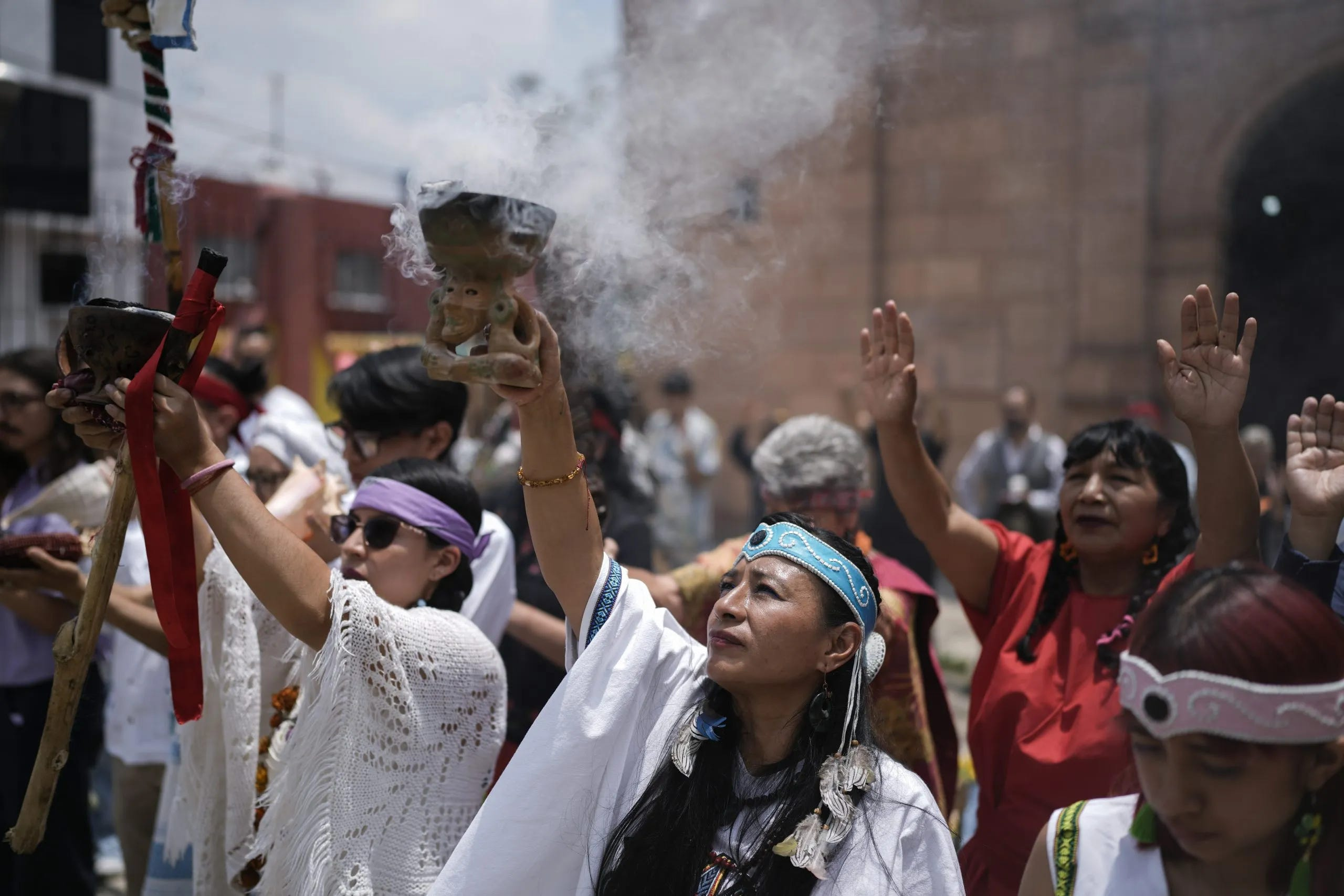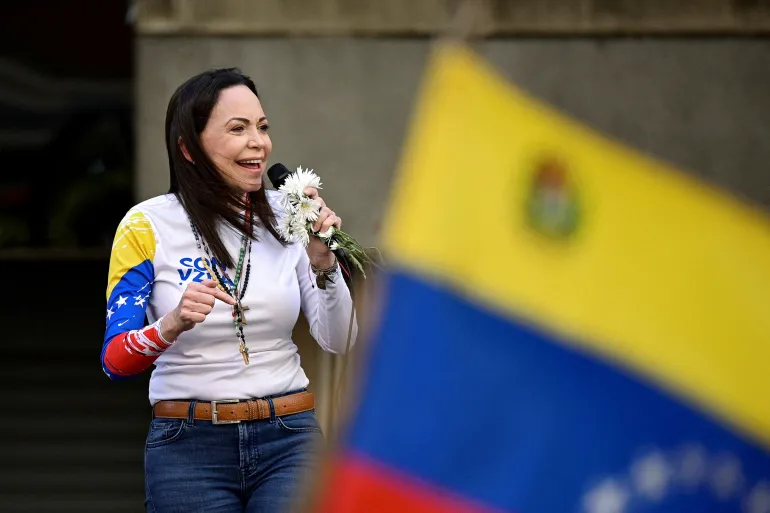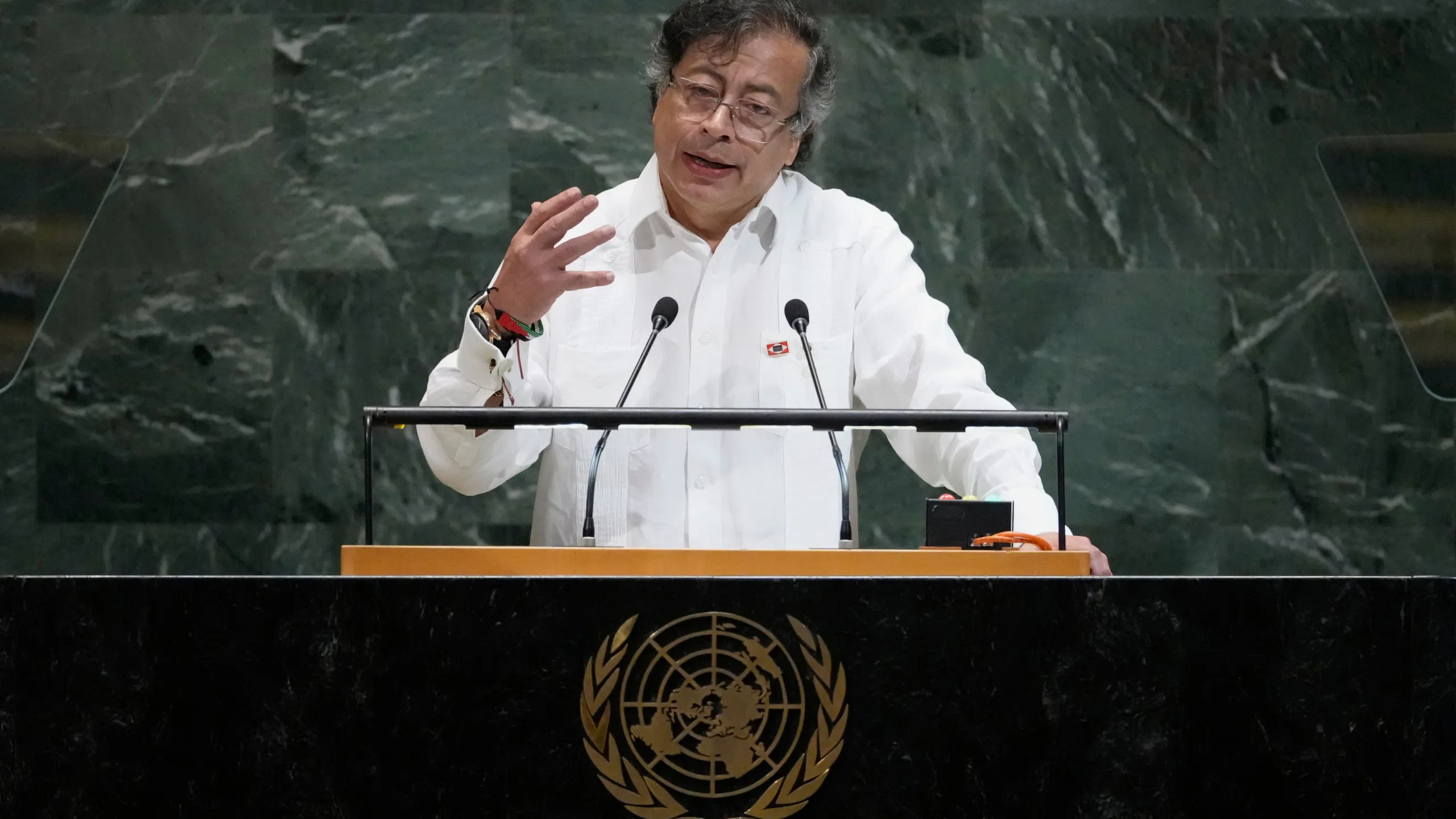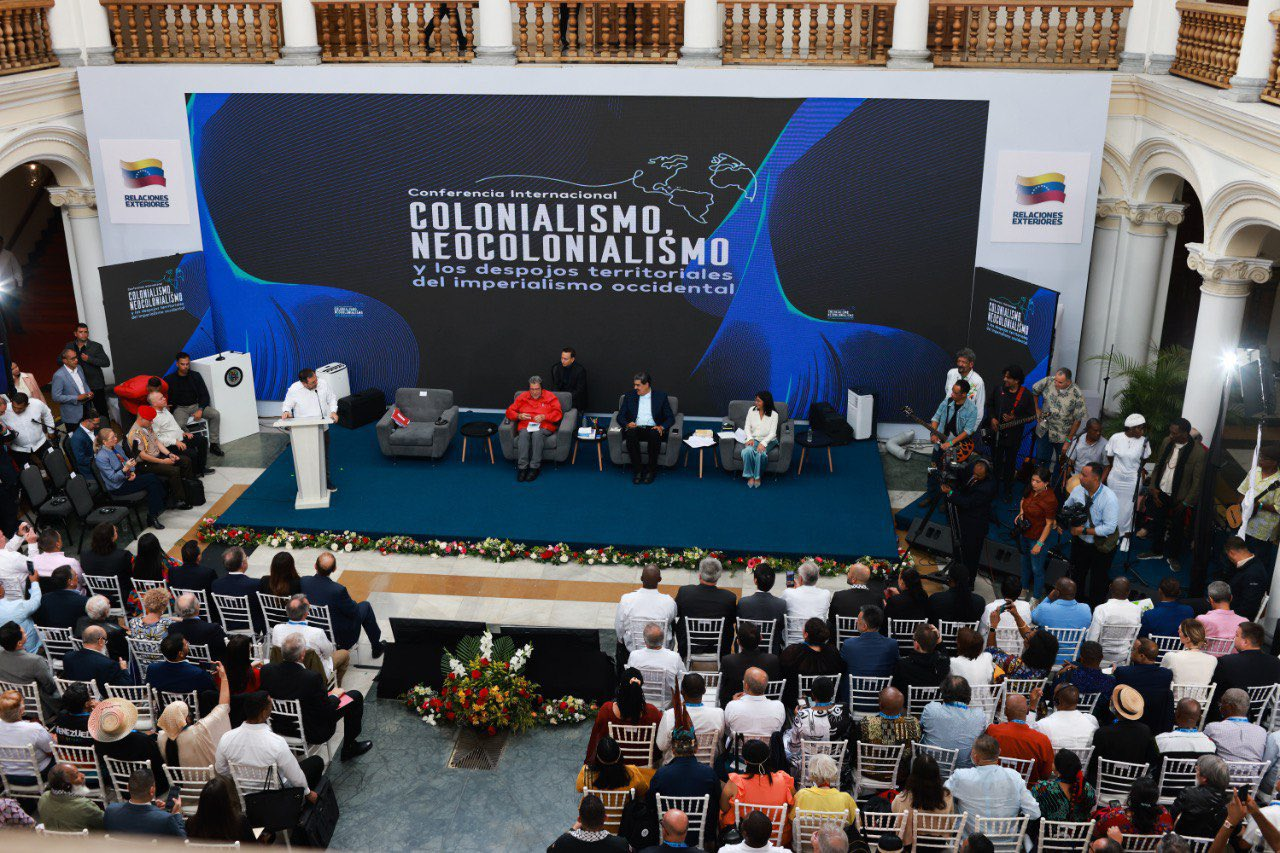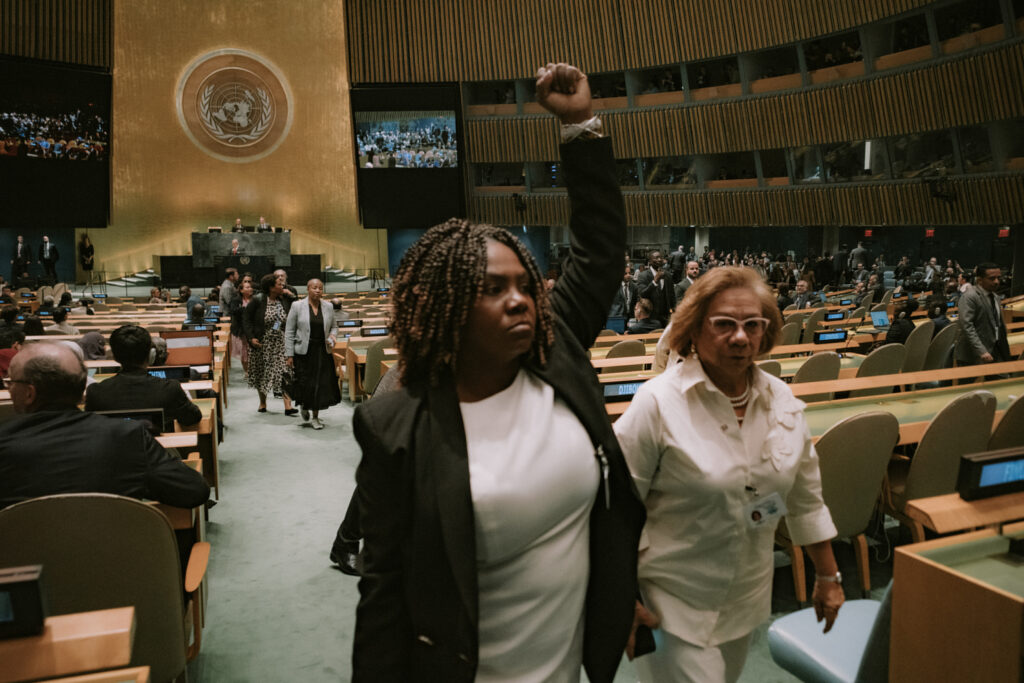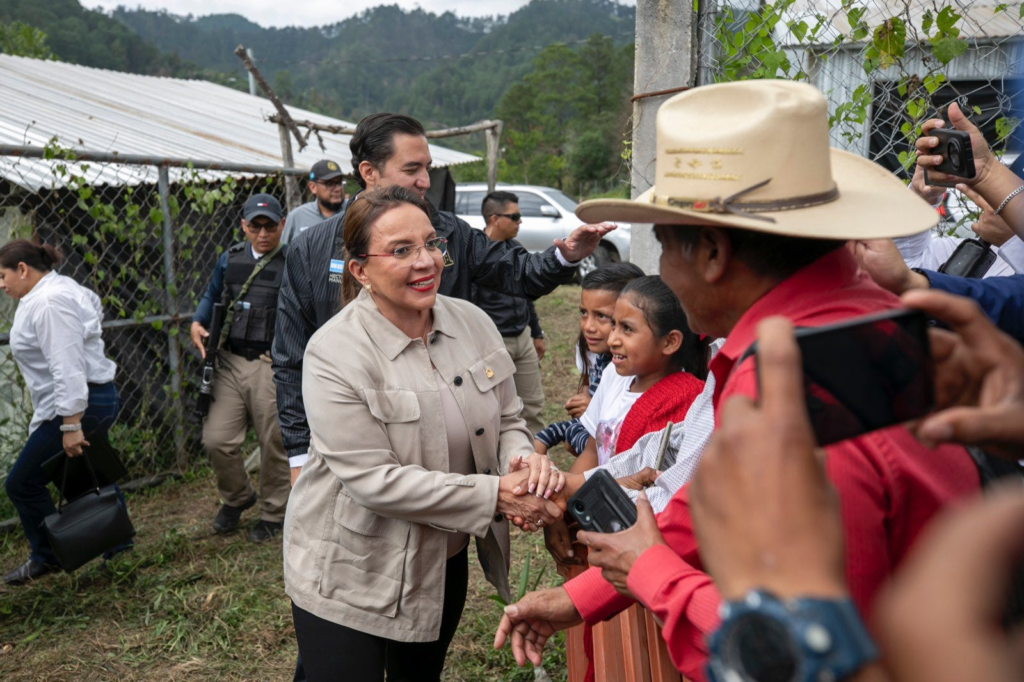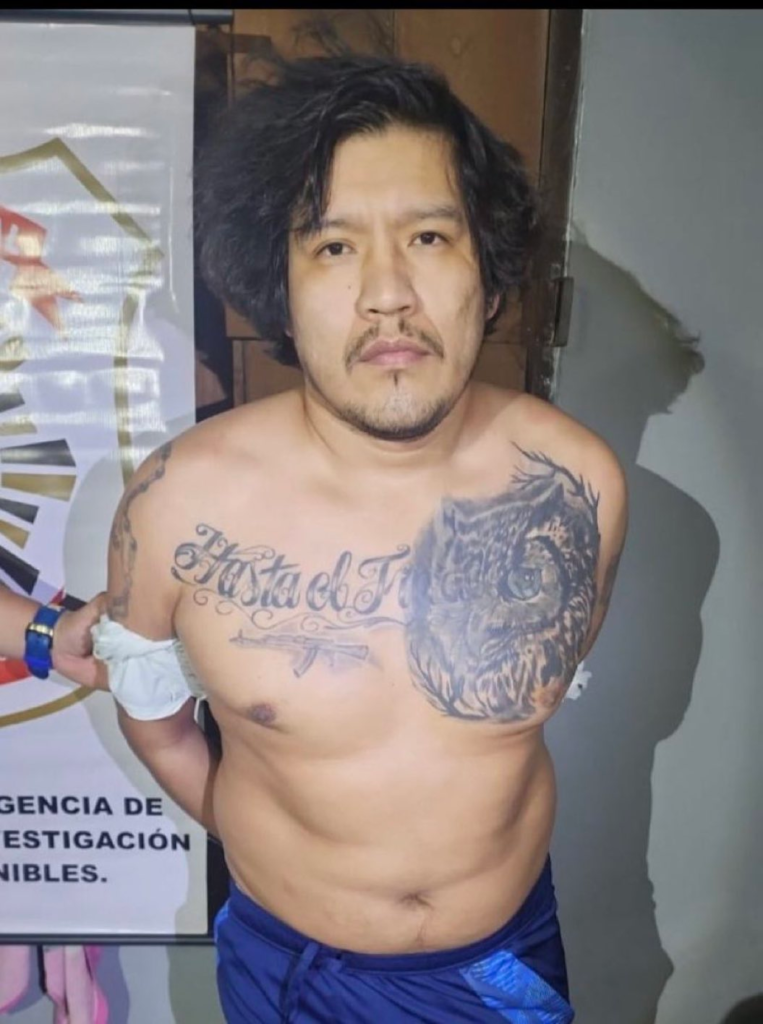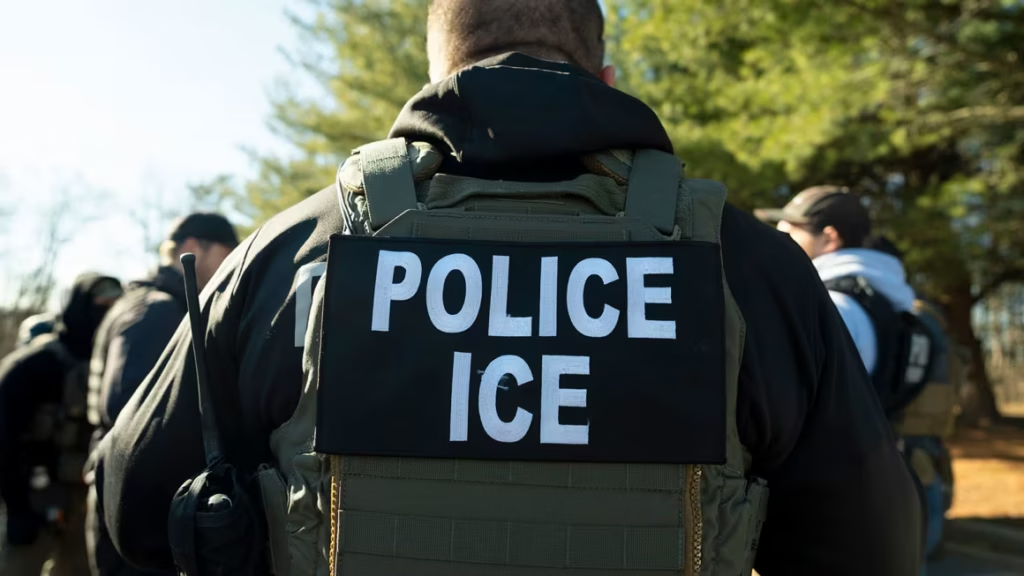Mexico City, July 28, 2025 – Mexico City’s main square was teeming with native cloaks and headwear brandishing the mythic spells of tribal feathers as the ghosts of Montezuma paid reverence to their ancient forebears.
The central district of today’s more contemporary Mexican society was consumed by thousands who flocked to the city centre to commemorate almost three-quarters of a millennium since the founding of that ancient city of Tenochtitlán.
The ear-numbing sounds of the native rattle of tool-ware being hammered against the backdrop of thousands of echoes compounded by yet more pounding over the tightly-wound skins of tribal drumming, pierced through the city’s square.
As if it were then, the eminence of this ancient cacophony takes one back to a time if they had been stuck, implanted 500 years hence in the heavily forested bush region of the yet-discovered jungles of what would become New Spain after its conquering by the marauding Spaniards. These native celebrations are often reminders of one’s origins, but they are also often reminders of past divisions and past grievances, and old hatreds, reopening wounds that were hardly patched to begin with.
The backdrop of ethnic tensions in Mexico between those of Spanish-European heritage and the descendants of Tenochtitlán and the more Indigenous strains of the people of this country, are encapsulated in recent disputes over racial prejudice, and class and socioeconomic disparities, exacerbated recently by the turned violent protests a few weeks ago from left-wing demonstrators and the younger, native-resident populations of Mexico City, amid the rising the costs of living due to the frequent tides of tourists, increased capital, strengthening the complaints of the ongoing gentrification of certain areas throughout the city.
Foreigners are perhaps less wanted in these parts nowadays. Perhaps they are now dealt with less patience by the locals. The younger, poor to hard-working middle class of university students and struggling small shop-workers claim that they are being pushed out by traveling foreigners, and that the federal and local governments are doing nothing to remedy what these locals call a “gross injustice.”
The native Indigenous history of the Aztec people is very much intertwined in contemporary Mexican culture — within the pre-Hispanic conception of Mexican identity, the local architecture, the contemporary culture, and its post-colonial political structure.
By the time the Spaniards arrived on the mainland 30 years after the landing of Columbus in Hispaniola, the Aztec civilization was a flourishing one with its own social identity, its customs and culture, its political organization, and reverence for its own deities. It was a ruthless civilization that practiced the duties of sacrificial rites to the “God of the Sun” and exerted its own hegemonic tendencies over the smaller and weaker adversarial tribes in the region, enslaving many of their men, women, and children to perform the most brutal tasks imaginable.
Then the Spaniards came and witnessed how prosperous this civilization was, and set out to take it all for themselves. One of the deadliest massacres that occurred during the New World discovery was one perpetrated by these Spaniards, known as the Massacre of Cholula. An estimated six thousand natives were slaughtered after being lured and their naked bodies packed in together into a central courtyard of the great quu of the city — the native Nahuatl word for temple. Hernán Cortés, the commander of this initial expedition into modern-day Mexico City and one of the most brutal conquistadores of his time, oversaw this butchery, forfeiting his mandate bestowed on him by his Queen, to ‘introduce the teachings of God to these native people.”
But such scenes were only the beginning of a harsh and barbaric reign that eradicated a tremendous sea of humans of this Indigenous population, forever reshaping the racial composition of the entire region 500 years later.
Even today, a wide array of these native communities, like the Nahua, Toltecs, and Chichimecas are urging the federal government in Mexico to expand civil rights for the Indigenous peoples of this region and to encourage the state to address long-standing social disparities that have been largely ignored by successive Mexican authorities for centuries, such as inequalities in healthcare, education, funding, and various elementary social services.
It wasn’t until September of 2024, for instance, that a coalition won a critical victory advancing the rights of [Indigenous] peoples when the Mexican government approved a new reform to the country’s constitution. The constitution that now legally recognizes “Indigenous and Afro-Mexican communities in Mexico as subjects of public law”, giving them the ability to receive and self-direct federal funding.
According to a Harvard University research article, “In Mexico, half of the indigenous population resides in rural localities with fewer than 2,500 inhabitants; 78.7% live in poverty, and 39.4% live in extreme poverty, five times more than the non-indigenous population.” Many of these communities suffer from the same sort of maladies that torment other native populations throughout Latin America, including high infant mortality rates, higher rates of maternal mortality, increased prevalence of infectious diseases, low literacy rates, and high rates of chronic-degenerative diseases.
For hundreds of years, the creole descendants of European ancestors have marginalized these powerless and remarkably vulnerable populations through repeated campaigns of land confiscation, displacement, forced assimilation, and cultural erosion that have created a milieu for these Indigenous descendants to either absolve themselves of their more native roots, or compel the more resistant of these populations to cling to their native elements more intractably.
The story of these local Indigenous people of the Aztecs is eerily similar to those of the surrounding Latin American regions of South and Central America — of a people marginalized, ostracized, and isolated, but their memories of their ancient civilization, unwavering in their dreams towards the hopeful advance of a more progressive society for their children.

